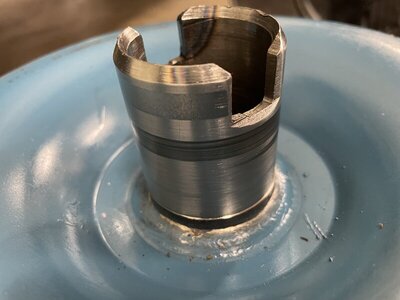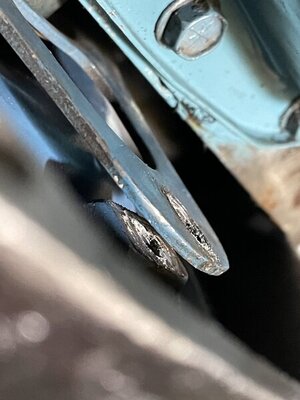"I checked again with the weight on the car. My yoke is exactly like yours, 2” from the seal flange to the big part of the yoke."
What is the distance from the end of the rubber boot seal to the yoke?
What is the distance from the end of the rubber boot seal to the yoke?


















